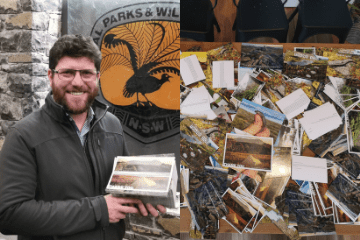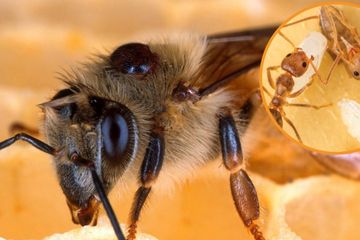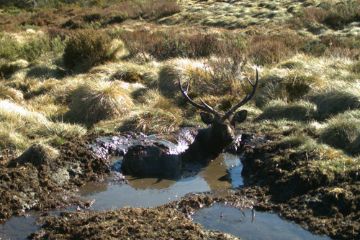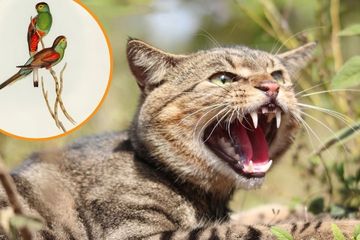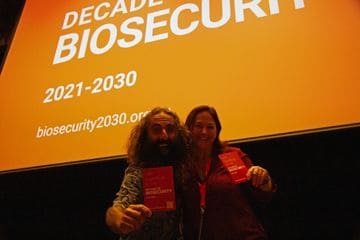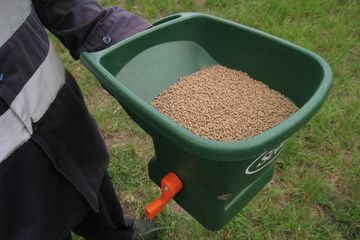
From Our Co-Founder: A story about two islands
This is a story about two islands, both in Western Australia. One of them, Bernier, on the edge of Shark Bay, stands out as the Australian island that has saved more mammals from extinction than any other.







